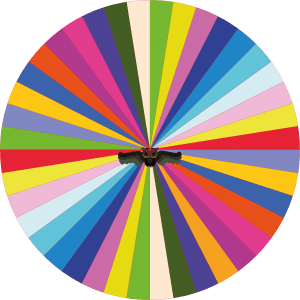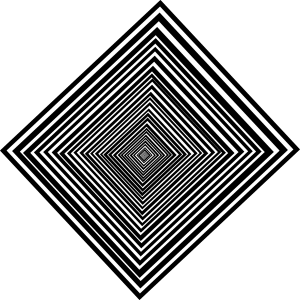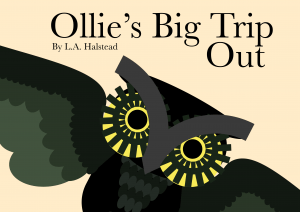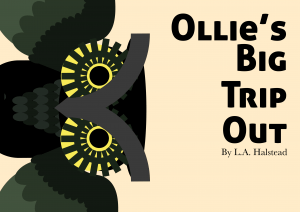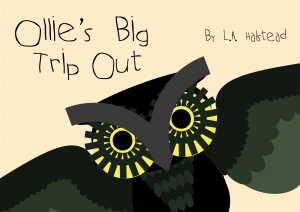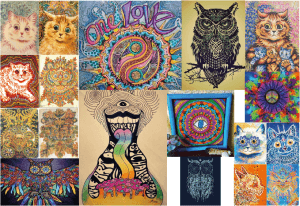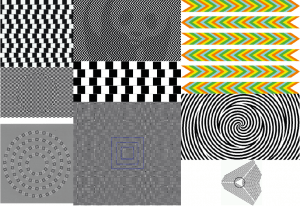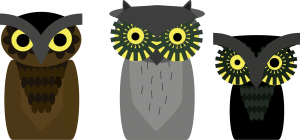Overall, I would say this was a very strong project for me; although I struggled to think of what to do for and initial idea, I managed to bounce back with a complex but simple original design for a children’s book.
The aim of the book was to teach the children my book is aimed at (aged 5-8) about the ups and downs of drug use in a fun and friendly manner. While drugs can make you feel happy and god like, there can also be a downside to it and you must be responsible around drugs.
My strongest part I would easily say are the panels for the good part of the trip. my original intention was to produce an accurate depiction of a trip, however, I decided that it would be more fun and allow more creative freedom if I just based it off the idea of 60s hippie culture art, which did pay off in the end.
The weakest part of the book would probably be the part of the trip when it goes bad. I was not able to achieve quite what I wanted. I wanted to make the patterns hard to look for a period of time. Although I did somewhat achieve that, I feel that the deliberately messy aesthetic that I went for with the patterns may have hindered the effect a bit and if I had more time, I would probably experiment a bit more with these pages so I could get the exact effect I wanted.
In conclusion, this project has probably been my strongest this year; not only was I able to flex my artistic muscles but I was also able to combine it with one of my other passions; storytelling. Even though it was a basic story, I still had fun creating the story. This is one project I may come back to again in the future in my spare time.
